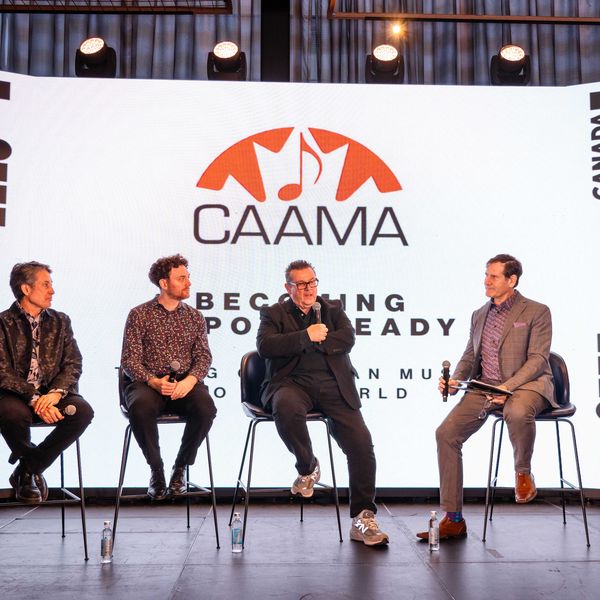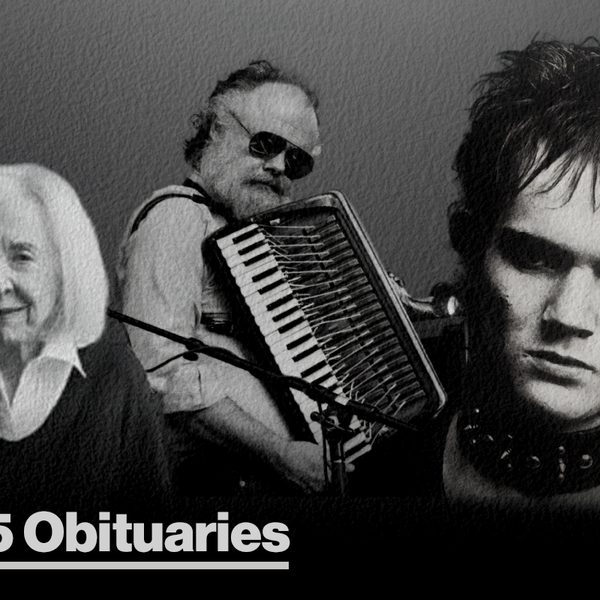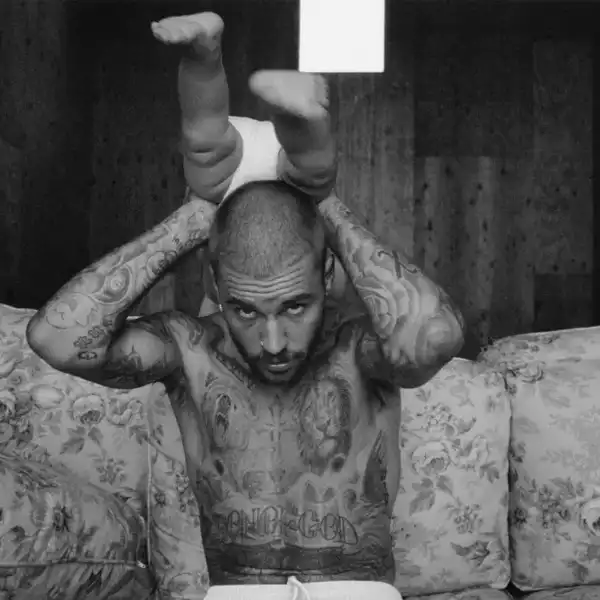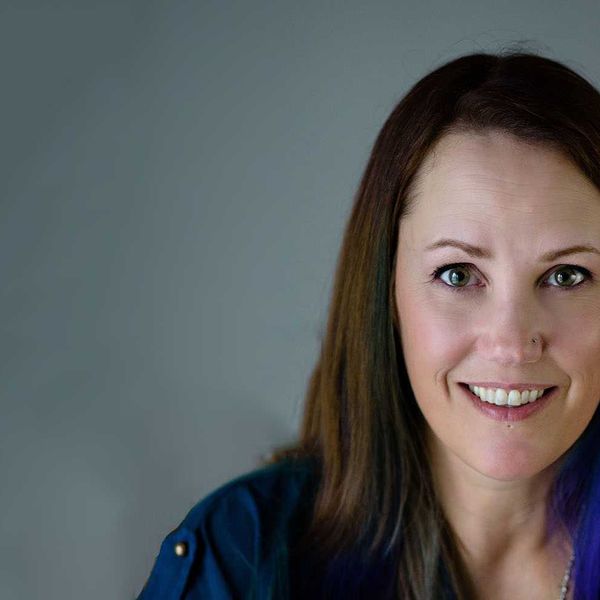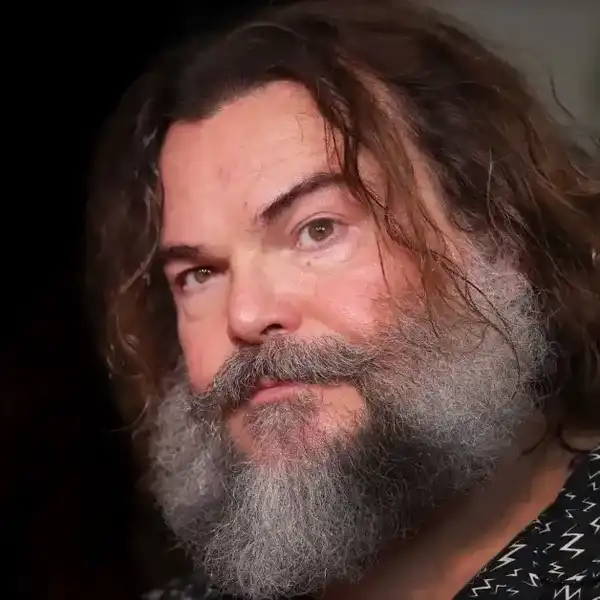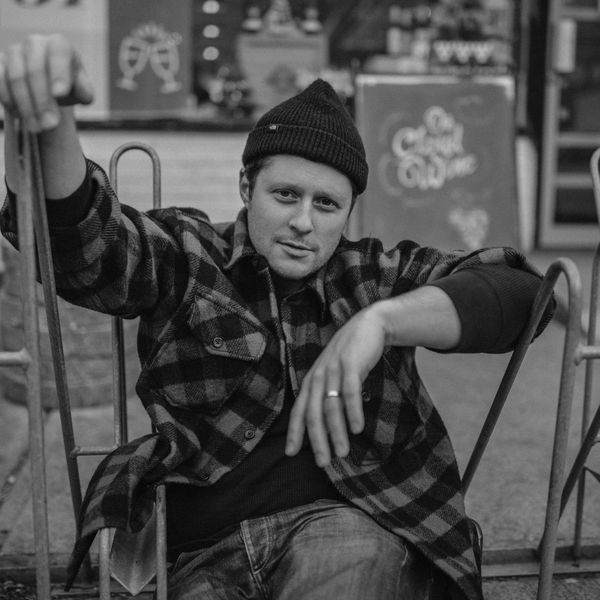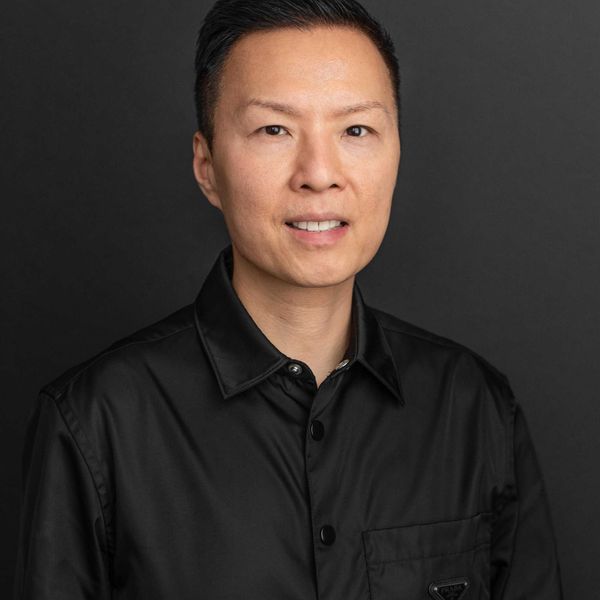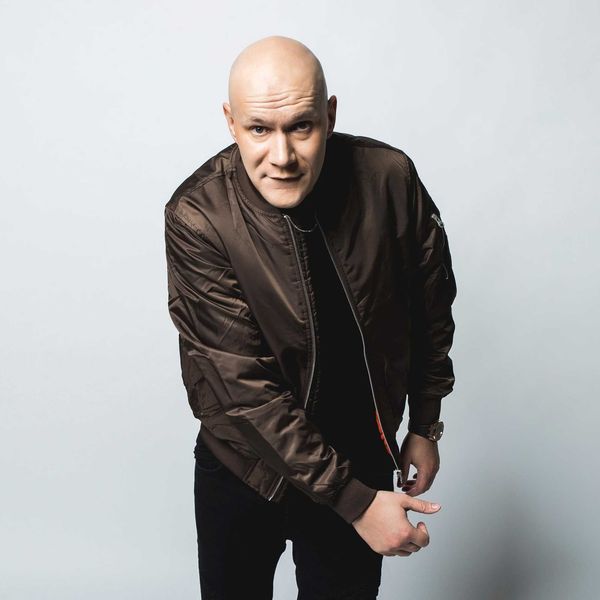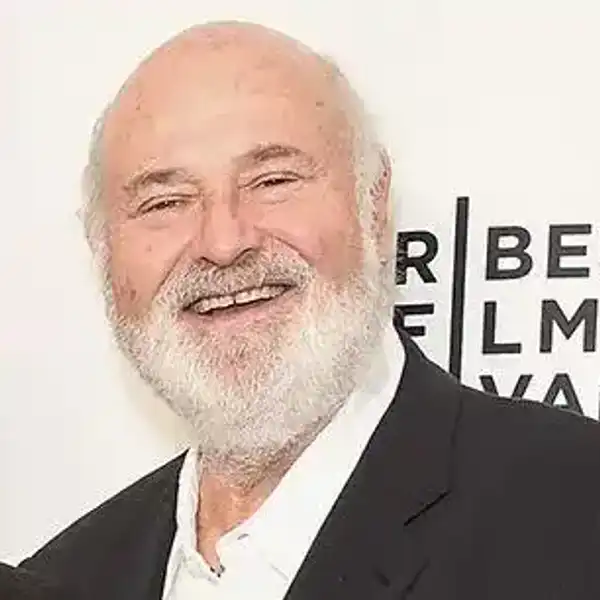A Conversation With .. J. Robert Wood
In another age, CHUM Radio was godlike. Its contests brought jammed Bell phone lines and caused mayhem, its hit parade chart was practically a bible, its DJs were like demigods and its ringmaster was the legendary J. Robert Wood.

By Bill King
J. Robert Wood spent 17 years at CHUM, serving initially as assistant program director, then later as Program Director, National Program Director of CHUM Group stations across Canada, and General Manager of CHUM and CHUM-FM in Toronto. He would later go on to pursue a license (unsuccessfully) for a new FM station of his own in Toronto, raise over $15 million to help establish the Aboriginal Voices Radio Network, and provide management consulting services for several Canada’s largest broadcast companies.
Character and class!
Robert knows I will tell this story from here to the end of time. It was late 1991 and J. Robert was program director at CJEZ. How we connected is still a mystery. Wood asks if I would have a listen to a few hundred LPs and prepare a list of “easy-listening” jazz tracks from the station’s library – that Winelight light jazz thing. Secondly, Wood says, I don’t have money to pay you, but one day I’ll return the favour.
That favour came rolling in March 1992 when I get a call, “Bill, it’s JR. How would you and your partner like an all-expenses-paid vacation - spring training and hang with the Blue Jays in Dunedin?” I’m thinking the bank account was fluctuating between $300 - $350 and wracked with guilt – then say, “Hell yes.” What a week that was – baseball, baseball, baseball, conch sandwiches, flying fish, Buck Martinez, TSN, the hang of joy! On that field – the future World Series Champions! J.R – I told again…
Bill King: Where were you born and raised?
J.Robert Wood: I was born and raised in Teulon, Manitoba, a small community just an hour’s drive north of Winnipeg. It was a lively, bustling community with wonderful, community-minded people who helped to make it possible for young people to participate in a diverse range of organized sports such as football, baseball, hockey and curling. Because of its relative closeness to Winnipeg, its proximity to Winnipeg Beach and its access to hunting, fishing and other outdoor activities, it was an ideal place to grow up.
One of my most vivid memories is of the first organized hockey match our peewee team played against Inwood on outdoor ice in sub-zero temperatures in the 1950s. We won the game by a couple of goals and walked out of there thinking we could beat anybody. But teams from Warren and Stonewall soon disabused us of that notion!
As much as I loved Teulon, though, I couldn’t wait to finish school and get out of there to pursue my dream to get into radio.
B.K: What inspired you to get into radio?
Wood: I grew up in the ‘60s when the deejays were gods, the music business was more prominent than Hollywood, and Top 40 radio stations like CHUM were the centre of the universe. My initial inspiration came from Dennis Corrie on CKY in Winnipeg. Dennis was the first who caught my attention and inspired me to pursue a career in the radio business. He talked fast, used alliteration to significant effect, and his on-air approach always conveyed a positive, uplifting vibe. I was also inspired by other great deejays I was exposed to in Winnipeg.
There were two top 40 stations there, each with phenomenal talent. In addition to Dennis Corrie, my favourites at CKY included Peter Jackson (PJ the DJ), Gerry Bright, Marc Parr, Chuck Dann and Jimmy Darin. My favourites at CKRC were Dave Palmer, “Frantic” Frank Todd, Daryl Burlingham and Jim Paulson.
B.K: What did you do to break into the business?
Wood: I used to practice on a Phillips tape recorder that I purchased. I also attended a 3-month course offered by Ed McCrae, founder of the National Institute of Broadcasting. I even used to practice as a deejay playing records over the Intercom during intermission at the Lockport Drive-In Theatre near Winnipeg in exchange for helping the owners, Bill and Walter Kotchorek of Teulon, set up the speakers and make preparations for the weekend crowds.
But it was CKRC deejay Jim Paulson who gave me my biggest boost. Jim would allow me to use one of the studios at CKRC to practice being a deejay and later supply me with used tapes from the CKRC production studio so that I could send out applications to small market stations across the country.
B.K: What was your first job in radio?
Wood: My first job offer came in 1963 when I received a phone call from George Gonzo, Program Director of CKSA in Lloydminster. George hired me to do the all-night show for $145 per month. But shortly after I arrived at the station, the General Manager, Jim Findlay, told me George was mistaken because the all-night salary was for $135 per month only. I didn’t care. I would have paid them just for the opportunity to get into radio!
B.K: What was it like being on the air at your first job?
Wood: It was pretty scary at first because the records kept coming to an end so quickly! Once I mastered the controls, however, I found being on the air boring. Perhaps because I wasn’t very good at it, I didn’t enjoy it. However, I was fascinated by the power that the program director enjoyed. My first PD, George Gonzo, was an outstanding program director. I learned a lot from him.
B.K: How did your career progress from there?
Wood: I worked for seven months at CKSA, three months at CKRM Regina, and nearly a year at CKOM in Saskatoon. In each case, after less than a year, I resigned from my position to pursue an opportunity in a broader market for more money.
But my big break came when an old friend, Brian Littman, who worked in the copy department at CKY, informed me of an opening for an all-night deejay at the station. I sent an aircheck of my show to CKY, thinking I had zero chance of being hired. But, as I would learn much later, CKY production director George Johns, and CKY deejay Chuck Dann, chose my tape from among tapes submitted by other deejays and recommended me to Program Director Jimmy Darin. When I got the call from Jim a few weeks later, I was ecstatic. CKY’s slogan was “Canada’s Friendly Giant,” and, indeed, it was a GIANT. It featured a roster of mostly American jocks and was arguably the best sounding top 40 station in Canada in that era. Jim’s call was a huge break for me.
So there I was in 1965 working all-nights, weekends and late-nights on CKY with deejays I had idolized just a few years earlier as a teenager growing up in Teulon. I was at CKY for less than a year when I was dismissed along with other deejays because the station changed format. Still, CKY, the deejays, and the approach to programming by Program Director Jimmy Darin (aka James Hilliard) left an indelible impression on me. I wanted to become a Program Director. Besides, as mentioned, I was never perfect on the air and found on-air work boring.
B.K: What happened next?
Wood: I called radio stations around the country looking for a job. One of the calls I made was to legendary program director Allan Slaight. He had no openings at CHUM but suggested I call Lou Thomasi, who might know of opportunities in Southwestern Ontario. I called Lou and told him I was looking for a station that needed a program director. Without batting an eye, Lou suggested I try CHLO in St. Thomas/London. He said, "The owner, John Moore, doesn’t know he needs a program director, but he does!” So, instead of accepting an offer I had received to do 9 p -Midnight at CKLG in Vancouver, I drove to St. Thomas to meet with Mr. Moore. Within an hour he hired me to do mornings and serve as Program Director of the station. I started several weeks later.
When I arrived, I was able to convince him to drop the traditional programming on the station and replace it with Top 40 around the clock. Within 90 days, the station became the number one station in London and St. Thomas.
Many factors contributed to our success, including: great jingles, big-league imaging by Bob Green and Chuck Riley, a 65 dollar reverb unit that made the jocks sound as though they were talking from the heavens, and a dynamic lineup that initially included Arlene Dee (who may have been the first female top 40 deejay in Canada), Rick Smith, Hal Weaver, Paul Ski and Chuck McCoy.
B.K: How did you make the leap from CHLO to CHUM?
Wood: Ward Cornell, who used to be the General Manager of CFPL-AM, FM and TV in London plus the London Free Press, told their programming consultant, George Davies, to do what he could to get Wood out of town because “CHLO is taking away all of our audience.”
At about the same time, having been at CHLO for nearly 18 months, I was ready to make a move and wrote a letter to Foster Hewitt (owner of Top 40 CKFH) and Allan Waters, owner of CHUM. I got a letter back from Barry Nesbitt of CKFH, stating that they did not need my services because they already had a Program Director, and he was the Program Director!
Fortunately, though, I got a call from CHUM asking me to come to Toronto to interview for the position of Programming Assistant to the VP of Programming, Larry Solway. After being interviewed by Larry and later Mr. Waters, I was hired. I didn’t learn until later when I discovered that George Davies was also CHUM’s consultant. George’s glowing reports about CHLO to Larry and Mr. Waters had a lot to do with my being hired. It was a great break, and much of the credit for it belongs to the lineup mentioned above we had at CHLO at the time, including two deejays who were ultimately in the Broadcasting Hall of Fame (Paul Ski and Chuck McCoy)!
B.K: Tell us about CHUM.
Wood: CHUM became the first station in Canada to play Top 40 (hit parade) music around the clock – a format it launched in May 1957. It quickly became the number one music station in Toronto and the number one music station in Canada – a position it held for more than two decades.
I arrived at CHUM on Valentine’s Day in 1968. I had heard CHUM briefly in visits to Toronto before 1968. I always found the station to be very hokey sounding, with a poor technical sound, weak format execution and several jocks whose sound was not suited to Top 40.
Before we knew it, Foster Hewitt’s CKFH had begun to make inroads. We responded by making sweeping changes in personnel, format design, contests and promotions and news. Our goal was to remake the sound into a fast, hip, and high-energy operation that was fun to listen to. Thanks to the help of a dynamic staff, we succeeded in turning back CKFH and building one of broadcasting's great radio stations.
Another excellent station, CFTR, with a much lighter commercial load and a bigger signal would – after many years – eventually catch up to CHUM. But by then, the audience shift to FM had begun in earnest and the battle was no longer between CHUM and CFTR, but between AM and FM. Before long, CFTR switched to news and CHUM to oldies.
B.K: Can you tell me a bit about your time at CHUM? What were some of the things your station did well or differently?
Wood: Contests and promotions were an integral part of the magic that we tried to create daily. Contests like Don’t Say Hello, Say I listen to CHUM, The CHUM Starsign, treasure hunts for Corvettes, the chance to go backstage to meet some of the biggest names in rock, front row seats at significant rock concerts (including the famous Rolling Stones’ concert at the El Mocambo), live concerts at Nathan Phillips Square, and the 35-minute video history of rock that played in every high school in Toronto, and in other markets where CHUM had stations.
Plus our music specials and documentaries including The Evolution of Rock, the History of the Beatles, The Elvis Presley Story and others that aired on stations all over the world, our six-hour, year-end top 100 music review that played on over 50 stations across Canada each year, the CHUM Christmas Wish which is still going strong after more than 45 decades, the world premieres of new releases by the biggest names in music, the annual Graffiti Parade and Greaser’s Ball, and a new and entertaining on-air contest every month – in addition to the promotions.
One contest that stands out in my mind was the Five Car Giveaway. We offered a car a week over five weeks. To win, listeners had to be the 100th caller when we opened the lines to take calls. By the fifth week, we had so many people trying to call that telephone exchanges started crashing all over the city.
We received a visit a few days later from Bell telephone officials and we were told that people as far away as Kitchener, Peterborough and St. Catharines got a busy signal by the time they dialed the third digit to make a local call and that the phone system got backed up to New York City! Apparently, not since the assassination of President John F. Kennedy had the North American telephone system been so overloaded. Bell told us that until they could install a new, high-capacity exchange, we would have to clear all contests with them or they would discontinue our telephone service. We obliged!
CHUM’s broad audience gave it enormous influence over record sales. Record companies lined up to have their records played on CHUM and listed on the CHUM chart. With a weekly distribution of 120,000 copies and publication in the Toronto Star, the CHUM chart was a considerable factor in promoting record sales. Each time a new song we added to the chart, record companies received orders from record stores all over Canada totalling more than 50,000 copies of the record in the first week alone.
B.K: I know you played a crucial role in developing Canadian music. Why was this important to you?
Wood: We always felt that Canadian acts would resonate more with local audiences than American acts. Unfortunately, CHUM’s popularity was viewed as a mixed blessing when it came to Canadian content. Record companies felt that if CHUM played their record, it would become an instant hit. But if CHUM rejected their record, it would be the kiss of death.
CHUM did not have the power to create “hits,” but had the ability to expose music to a sizeable audience, yet if a record did not have it in the grooves, no amount of airplay would persuade listeners to buy it. As a result, the record industry came around only very slowly to the view that if they wanted to achieve success with Canadian acts, they would have to create bona fide hit records that competed on a par with the best in the world. And they did. But it took them a long time to “get it”.
B.K: How did you feel about being inducted into the Broadcasting Hall of Fame?
Wood: I was delighted to have been selected because it gave me a chance to acknowledge the work of the talented men and women of CHUM whose hard work, dedication and creative brilliance helped to build one of broadcasting’s great radio stations. Let’s face it: Many broadcasters deserve to be in the Hall of Fame but are never recognized because they work in smaller markets or in positions that don’t receive the recognition that managers, program directors and on-air personalities receive.
B.K: In addition to your induction into the Canadian Broadcast Industry Hall of Fame as a recipient of the Allan Waters Lifetime Achievement Award, are there any other awards you have won?
Wood: I was inducted into the Canadian Music Industry Hall of Fame in 1978 and was recognized by Billboard Magazine as the 12th best radio program director in North America. As with the Hall of Fame Award, these awards were important to me only because they helped to validate the effort and talent of our superb on-and-off-air-staff.
B.K: Finally, do you have any advice for today’s young people?
Wood: Yes, they should start focusing on what they can do to help make the world a better place. We live in a troubled world where the new normal seems to be worse than last week’s new normal. Young people have the power through their energy, compassion for others and concern for the future, to change this.



